Guide to Pacific Tree Frog Enclosures, BioActive Substrates, Backgrounds, and Drainage Layers
Part 1:
In the reptile and amphibian-keeping niche, few endeavors are as rewarding as constructing a bioactive terrarium for a Pacific Tree Frog. These remarkable enclosures mimic the natural habitats of these creatures and provide a self-sustaining ecosystem that significantly reduces the need for frequent maintenance. In this two-part comprehensive guide, we'll walk you through the step-by-step process of creating a bioactive terrarium for a Pacific Tree Frog. From selecting the right enclosure and choosing suitable plant species, to establishing the vital clean up crew, we'll cover every aspect to ensure your frog's optimal health and well-being.
@bettabotanicals I had no idea, but frog poop is literally the most interesting thing ever. This tree frog has pooped a number of times and it’s always attached to the corners of the enclosure. Until it goes into the bioactive set up I am replacing the RODI water every two days and feeding a number of crickets once per week supplemented with a single peanut beetle larvae #bettabotanicals #bioactiveenclosures #treefrog #terrarium #biodude #thebiodude #leaflitterlifestyle ♬ Astro Beat - Staysee
Selecting the Ideal Enclosure Size for Pacific Tree Frogs
The foundation of any successful bioactive terrarium starts with the choice of enclosure. For Pacific Tree Frogs, it's essential to provide a habitat that mirrors their natural environment while ensuring their well-being. A suitable enclosure for these small amphibians is the ExoTerra 18x18x24. This offers the ideal dimensions for housing 2-4 Pacific Tree Frogs, providing both enough floor space and vertical space for them to explore and occupy different microhabitats within the enclosure. The footprint of this enclosure supplies ample space for creating your leaf litter bed, which frogs need so they are not in contact with dirt 100% of the time. It is important to remember that these frogs appreciate space for climbing, so regardless of the enclosure you choose, please keep that in mind.
When selecting a terrarium brand, consider one that has a drainage hole. This feature is invaluable for maintaining the proper moisture levels within your terrarium. Excess water can be removed easily when watering plants, preventing waterlogged substrate and maintaining the right humidity level. I will learn this the hard way as I did not select this, but later on in this blog, I will disclose a workaround!
Pacific Tree Frogs thrive in high humidity, so choosing an enclosure that allows you to control and maintain humidity effectively is essential. Look for a tank that allows you to cover most of the ventilation holes, as this step will help you create the stable, humid environment that these frogs love and require for their well-being. If you chose an Exo-terra tank you can place plastic wrap over the wire mesh lid, leaving the back vents open so you can still get an air current through the enclosure
The Do’s and Dont’s Of Backgrounds In Bioactive Enclosures
A naturalistic background not only enhances the aesthetics of your terrarium but also serves as a functional element in your Pacific Tree Frog's habitat. It provides additional climbing opportunities and mimics their natural environment, making your frogs feel right at home.
For this aspect of your bioactive terrarium, there are various methods to choose from. In my setup, I opted for an expanding foam background, using Great Stuff expanding foam in Black. This foam provides an excellent base for creating a three-dimensional backdrop, and it dries entirely inert (meaning 100% safe). However, if I were to do it again, I might consider using compressed cork bark panels for a slightly different texture and appearance. Expanding foam has a history of shrinking and expanding, and over time this will cause it to separate from the glass panels of your terrarium. Compressed cork bark is easily siliconed in place, is more rigid, and is resistant to humidity and temperature fluctuations.
To create the background, it's important to secure the foam in place. One effective way to do this is by applying a bead of silicone around the entire edge of the foam. This ensures it remains stable and doesn't shift within the enclosure. When the silicone is still wet, you can sprinkle dirt or New Zealand Tree Fern Fiber onto it, adding a more natural-looking seam to your foam.
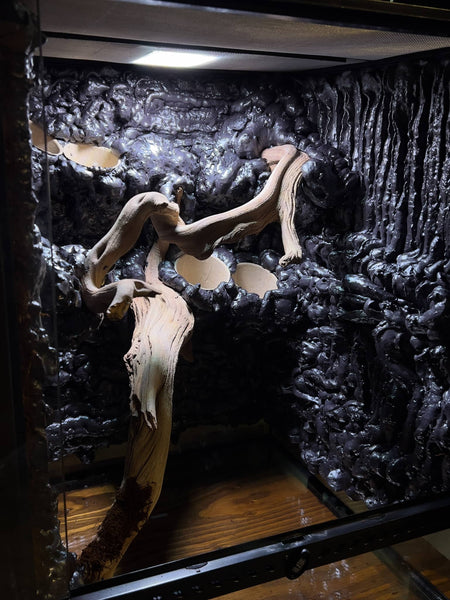
Once the foam has cured for 24hrs, you can get creative. I used a wire brush attached to a drill to carve out the foam, shaping it to my liking. This step allows for the creation of various nooks, crannies, and climbing opportunities that your Pacific Tree Frogs will enjoy. I made sure to press some biodegradable flower pots into the foam so I could attach plants to the background, as well as provide habitats at different levels of the enclosure so my frogs could regulate their temperatures.

After sculpting the foam, it's time to add color and texture. I used Drylock Masonry Paint in combination with Quikrete Cement Coloring to achieve a natural and visually appealing look. Remember to let this layer dry and cure for 7 days before proceeding to the next step, and follow the recommended temperatures for applying it as a fall frog build in the cooler weather means it will take longer to dry.
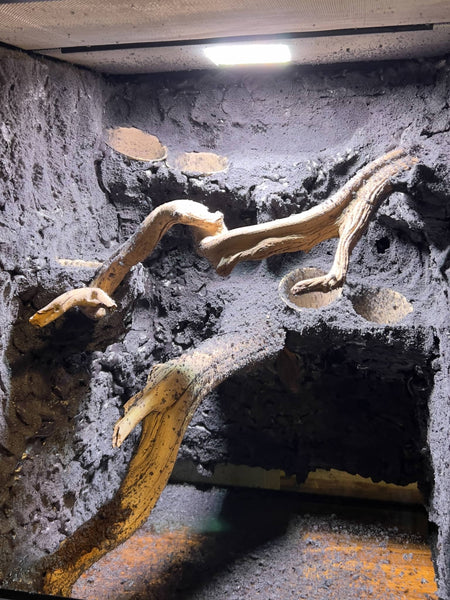
One crucial detail often overlooked is the need to wash the background thoroughly. To remove any residual paint or chemicals, wash the background at least ten times or until the water stops bubbling off the background and running milky. This step ensures that no harmful substances leach into your Pacific Tree Frog's environment, as any left will cause your plants to burn when they touch the expanding foam panels.
The Ideal Bioactive Substrate for Maintaining Humidity
Selecting the right substrate is a crucial step in your bioactive terrarium setup. Pacific Tree Frogs thrive in environments that maintain high humidity, so your choice of substrate plays a pivotal role in creating the ideal habitat. The substrate should effectively retain moisture while also allowing for proper drainage, and you should aim for 60-70% humidity at all times. Our PNW forests where these frogs can be found are full of moss, water-soaked decaying logs, and small pools allowing for many sources of moisture.
@bettabotanicals Time to get dirty 😛 #bioactiveenclosures #bettabotanicals ♬ Oh Klahoma - Jack Stauber
For the perfect mix, consider a combination of coconut coir, fir bark, NZ tree fern fiber, and sphagnum moss. This blend creates a stable and humid foundation, meeting the specific needs of Pacific Tree Frogs and the clean-up crew you will grow in the soil. Ensure that this substrate layer is at a depth of 2-3 inches, as this depth allows optimal moisture retention, which is crucial for the well-being of your frogs.
For those seeking a convenient option, BioDude offers a premade substrate called TerraFlora that's ideal for retaining the required moisture levels. This substrate is carefully formulated to provide the perfect balance of moisture retention and aeration, making it an excellent choice for your bioactive vivarium.
Now, if your tank doesn't come with a drainage port, you'll need to make some adjustments. It's recommended to create a drainage layer at the bottom of your enclosure, and for mine, I used HydroGrow from BioDude. This layer should be 3-4 inches deep, allowing excess water to collect here and not in your bioactive substrate. By having a substantial drainage layer, you can reduce the frequency of drainage intervals and disturbance of your frog enclosure. This is essential to prevent waterlogged substrate, which could negatively impact the health of your Pacific Tree Frogs.
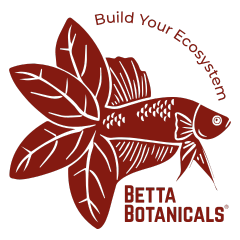
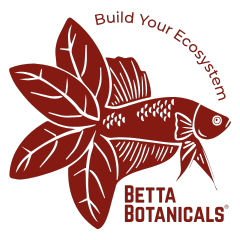
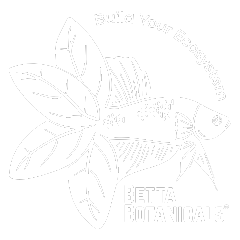
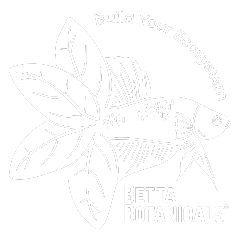
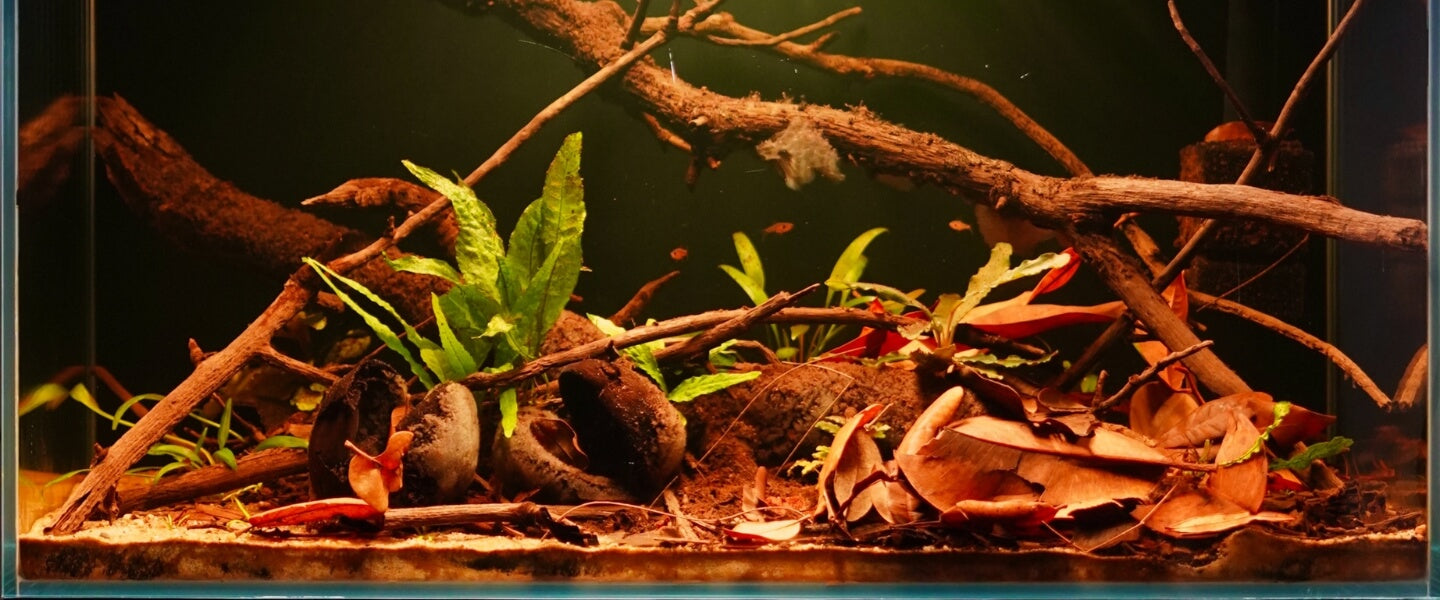

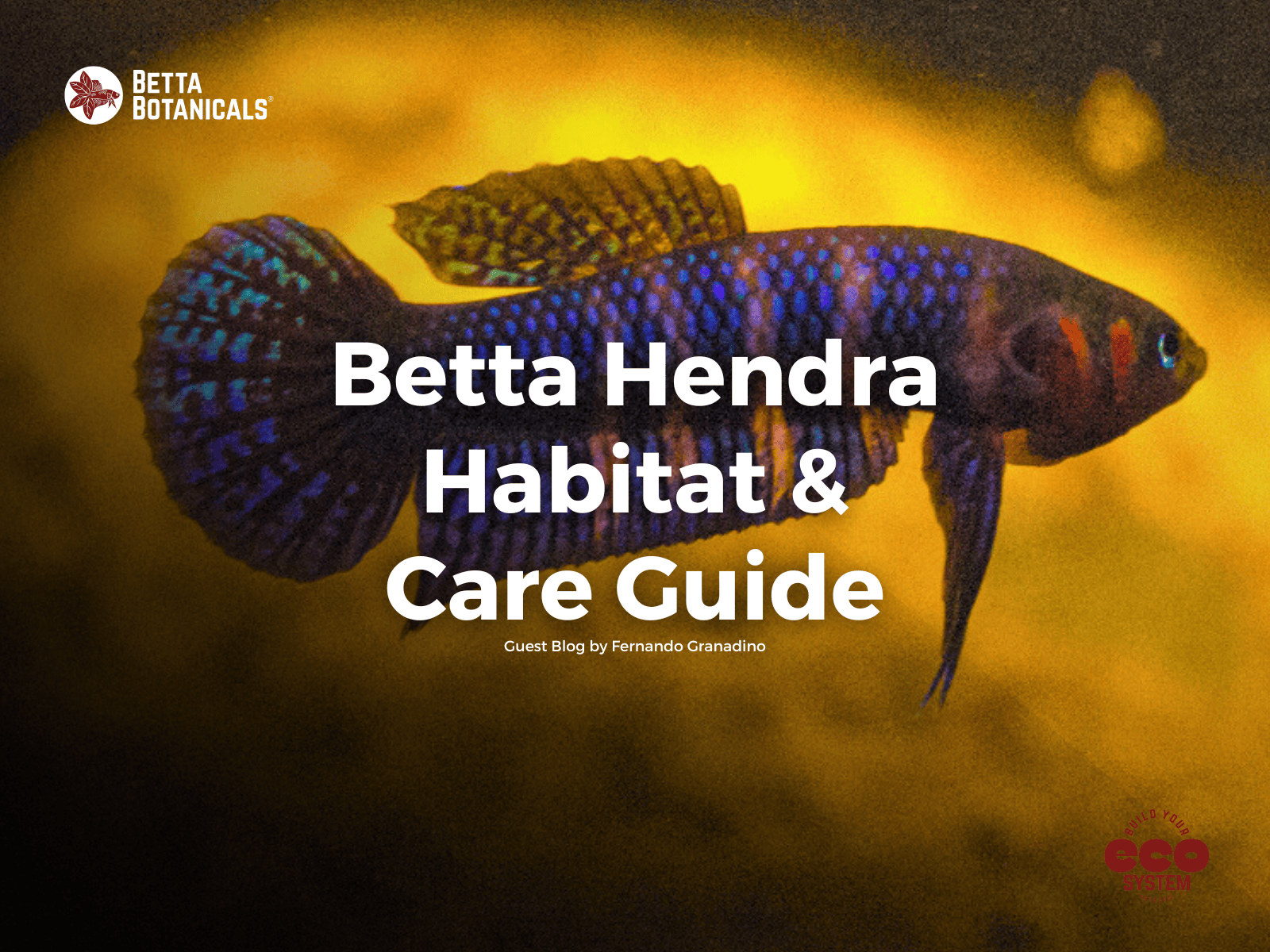
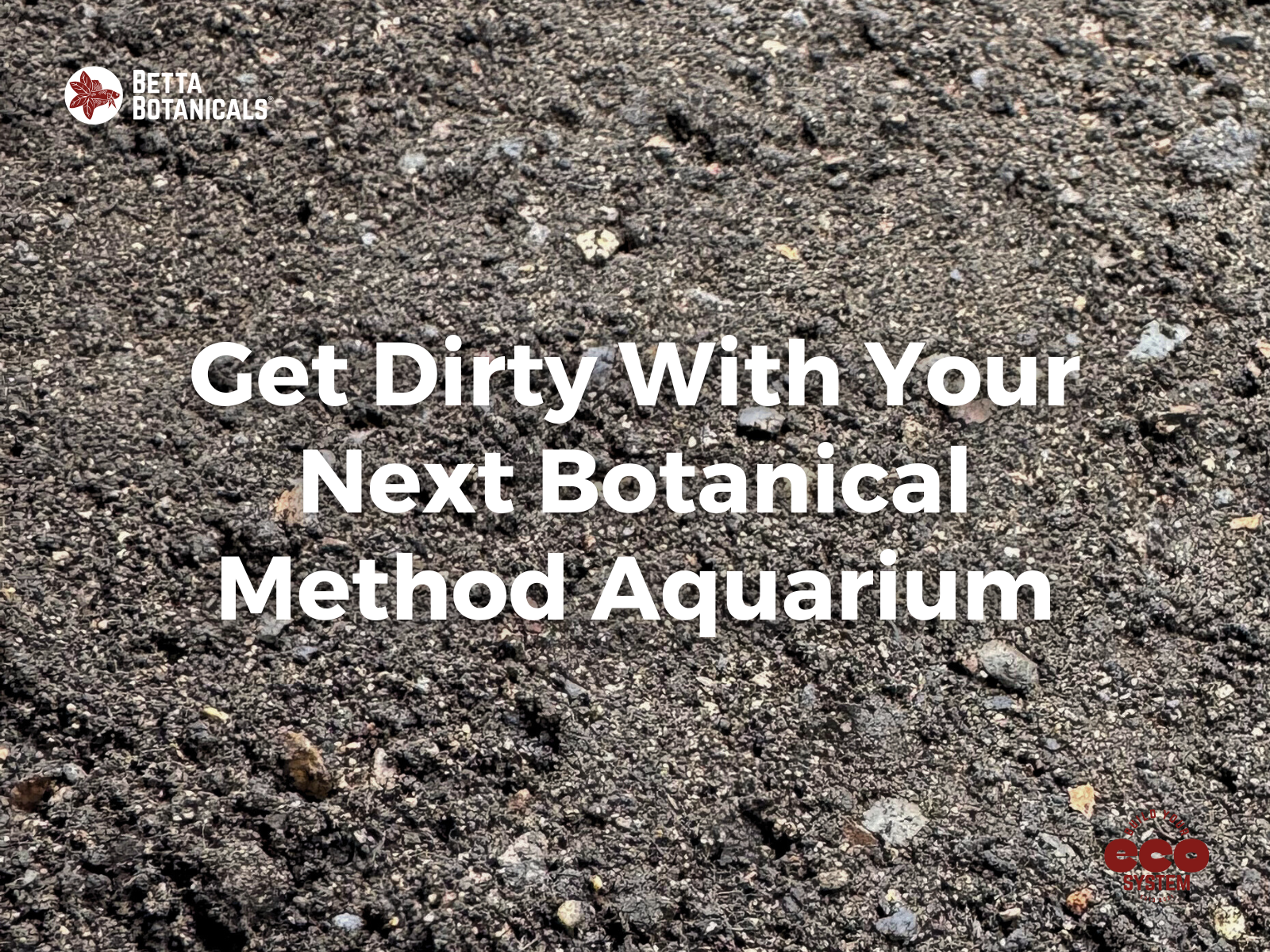
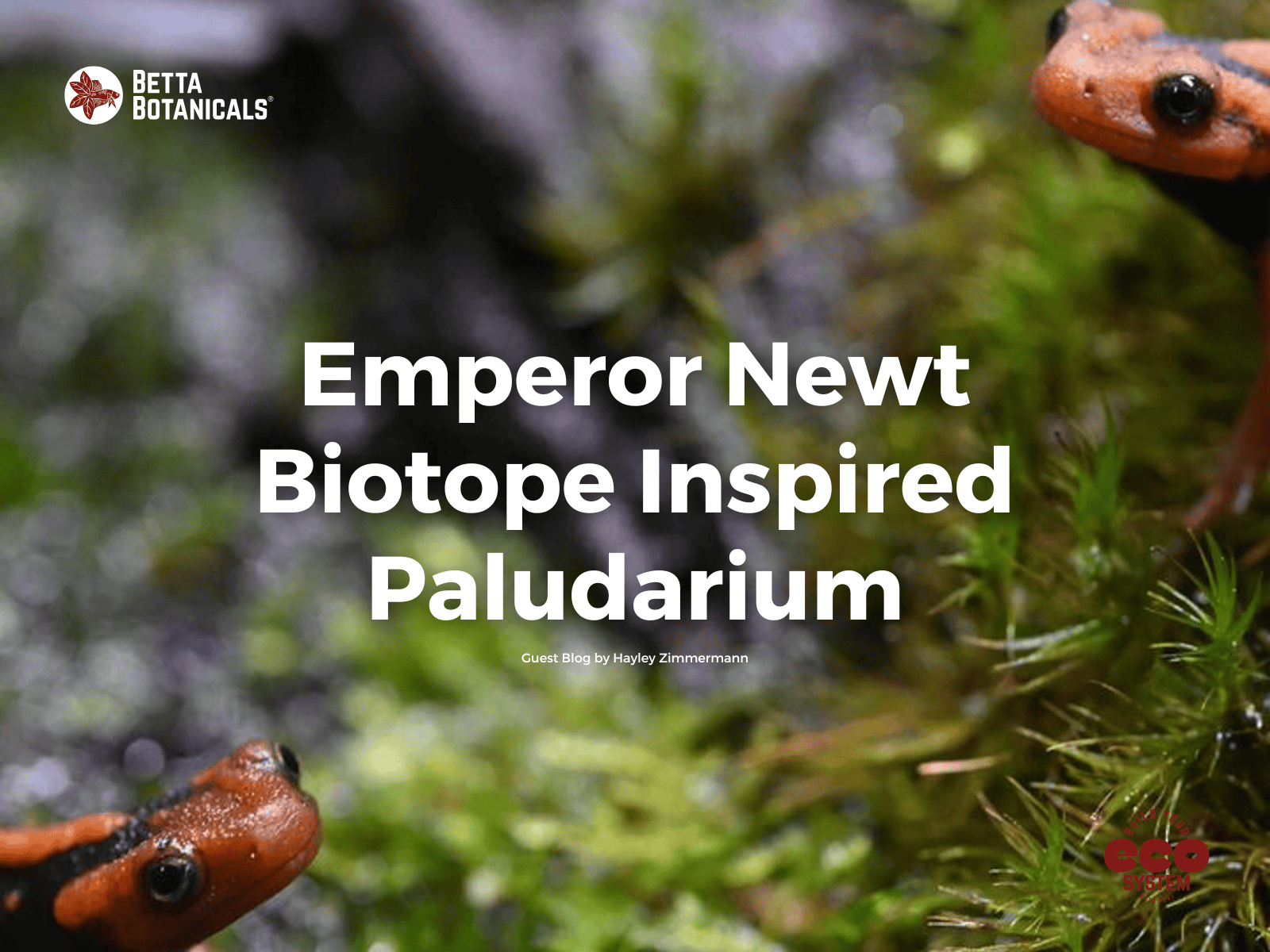
Inspire your friends:
Aquarium Biofilms - The Good, The Bad, And The (NOT) So Ugly
Wild Betta Fish Diet: A Comprehensive Guide
1 comment
Omg this helped so so much. have two PCFs (Gidgit and Gizmo) and this is genuinely the only site I’ve found for care on them. Didn’t know an 18×18×24 was their minimum, I’ve been keeping my two in a ZooMed paludarium with a running river and waterfall :]